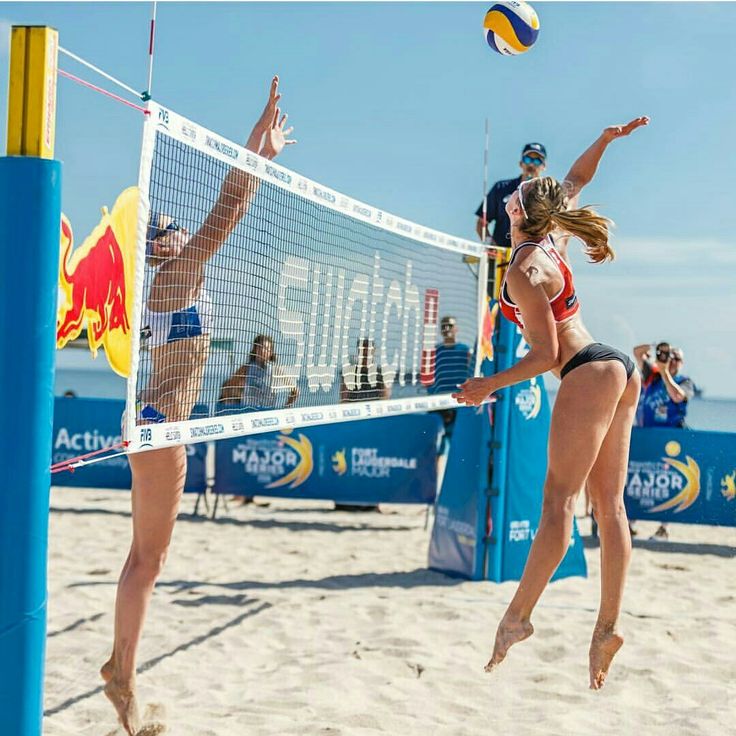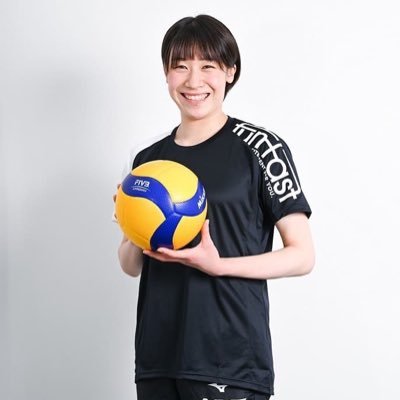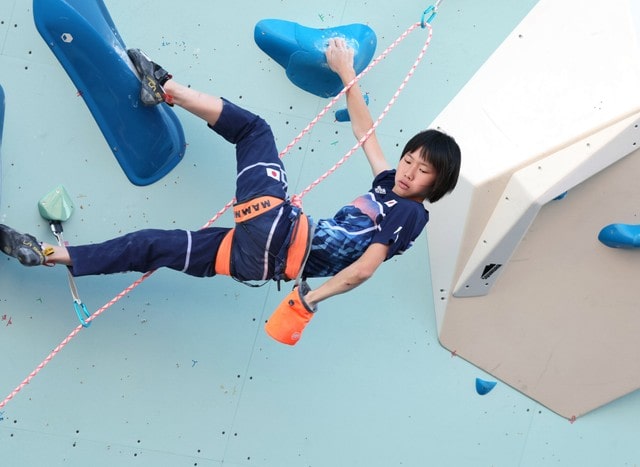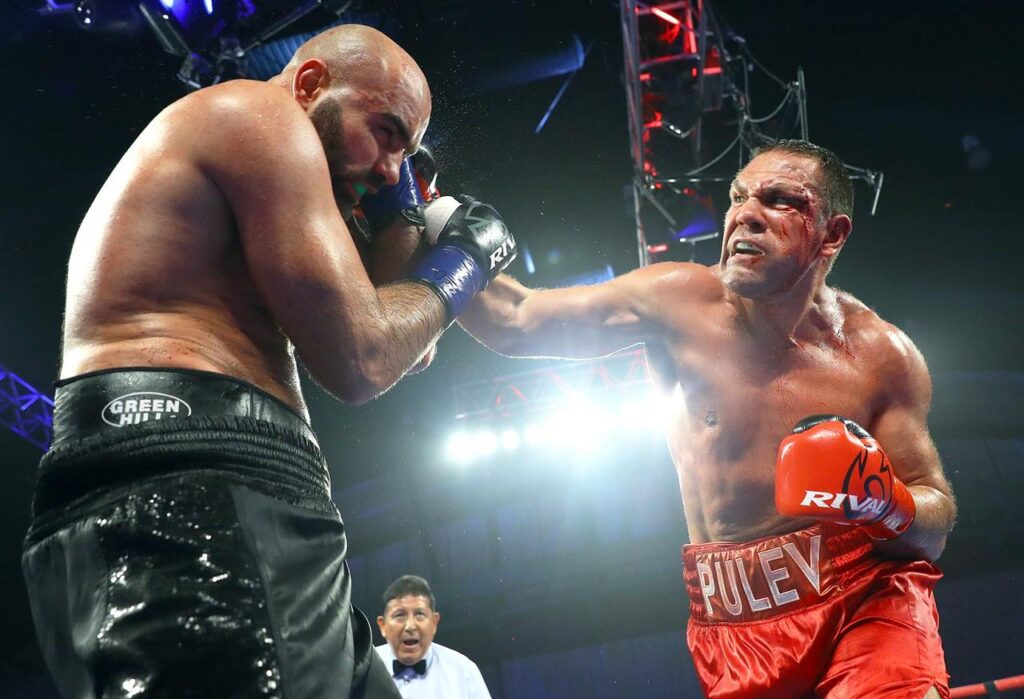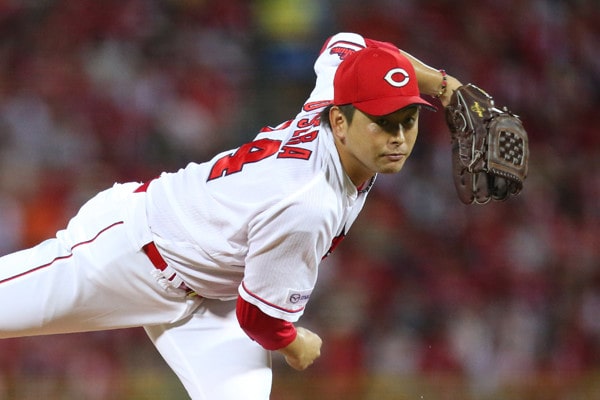
The “Jodan” stance in Kendo is known for its overwhelming attack range and psychological pressure.
Mastering how to attack from this stance is an important step in taking your Kendo technique to the next level.
In this article, we will explain in detail the specific steps and tactics for attacking from the top, from the basics to advanced techniques.
From beginners to advanced players, we will provide you with the knowledge to learn effective upper attack techniques and establish an advantage in battles.
So, let’s begin our journey to deepen our knowledge of kendo upper attack techniques.
目次
- 1 Introduction: Overview of Kendo Jodan
- 2 Basic posture and preparation for Jodan Kamae
- 3 Basics of how to attack from the top
- 4 Compound techniques and applied tactics from the upper level
- 5 Practical exercises and practice methods for upper level attacks
- 6 Mental elements and mindset for Jodan attack
- 7 Summary and key points for successful upper attack
Introduction: Overview of Kendo Jodan
Kendo’s upper stance is chosen by many swordsmen for its intimidating feel and wide range of attacks.
In this section, we’ll delve into the basics of Jodankae, its historical background, and strategic advantages.
Basics and history of Jodan Kamae
Upper stance is a stance where the tip of the sword is positioned above the opponent’s face, making full use of the length of the sword.
This stance has an ancient origin and is said to have its roots in the technique of using long swords on the battlefield.
As time progressed, these techniques were incorporated into modern forms of kendo, making it an important option for swordsmen who prefer an especially aggressive style.
Top benefits and strategic importance
From the Jodan stance, you can cover a wide area due to its unique position, and it is possible to put psychological pressure on your opponent.
From this stance, you can quickly unleash a variety of attacks, and the tactic of creating a gap in your opponent by inviting a counterattack is especially effective.
Additionally, Jodan stance has a wide field of view and has the advantage of being able to catch the opponent’s movements early.
This will give you more options when attacking strategically, making it easier to establish an advantage in the match.

Basic posture and preparation for Jodan Kamae
Correct posture and body positioning are extremely important for Jodan-gae in Kendo.
If done correctly, this stance will allow you to attack efficiently and quickly.
Below, we will explain in detail the correct form, body positioning, and center of gravity balance for Jodan Kamae.
The correct form of Jodan-Kamae and its importance
The basic form of Jodan-game is to raise the sword high above your head and set the tip of the sword at a position slightly higher than the opponent’s line of sight.
This position increases the pressure on your opponent and prepares you for an attack.
Correct Jodan-Kate is essential to maximize your opportunities for attack and to be able to react quickly when defending.
Additionally, this stance gives the opponent a sense of psychological pressure and has the effect of concealing the intent of the attack.
Body placement and center of gravity balance in Jodan Kamata
When positioning your body in Jodan stance, it is important to keep your feet firmly planted on the ground and your center of gravity centered.
Usually, the front legs are light and the back legs are slightly heavier. This makes it easier to maintain balance when moving forward or backward.
Also, keep your shoulders relaxed and your arms naturally extended to lift the sword.
From this stable base, you can move quickly and easily respond to a variety of attacks.
In Jodan stance, it is important to constantly adjust the balance of your body and prepare to respond to your opponent’s movements.

Basics of how to attack from the top
In Kendo, it is important to take advantage of tactical advantages and put pressure on your opponent when attacking from Jodan stance.
Here, we will explain the basic attack methods from the top, especially how to apply pressure and the initial attack.
How to apply pressure from above
When applying pressure from upper stance, the emphasis is on using the tip of the sword to restrict the opponent’s movement.
By keeping the tip of your sword at or slightly above your opponent’s line of sight, your opponent must be aware of your sword at all times, creating a sense of psychological pressure.
Additionally, by wiggling the tip of your sword, you can distract your opponent and create an opening for your attack.
By continuing to apply pressure with the tip of your sword in this way, you can easily break down your opponent’s defenses.
Kote/men techniques as an initial move
Kote-uchi and Men-uchi are particularly effective for the initial attack from Jodan-kamae.
Kote-uchi from Jodan is a rapid blow aimed at the opponent’s Kote, which is delivered from a high Jodan position, often causing visual surprise to the opponent.
On the other hand, men-uchi makes use of the movement from the top and can deliver a powerful blow by swinging down.
The key to these techniques is to perform them quickly while your opponent is focused on defense.
By selecting these techniques as your first move, you will be able to take control of the battle.

Compound techniques and applied tactics from the upper level
When attacking from Jodan stance, you can maintain a tactical advantage by making full use of compound techniques and applied tactics.
Here, we will explain in detail how to combine consecutive moves and strategies that take advantage of your opponent’s reactions.
Applied tactics as a continuous technique
Continuous techniques from the top are techniques that allow you to continue applying pressure even after one attack is blocked.
For example, you can perform an initial hit on the face and then immediately follow up with a hit on the kote or torso.
With continuous attacks like this, even after your opponent has successfully defended once, you must immediately move on to the next defensive move, so you can reduce your reaction time and change the distance to your advantage.
Continuous moves also limit the opponent’s movements, allowing you to gradually control the rhythm of your attacks.
Tactics that take advantage of the opponent’s reaction
Determining the opponent’s reaction and developing tactics is an important element in the applied tactics of Jodan-gae.
If your opponent steps back to avoid an attack or takes an excessively defensive stance, plan an attack to take advantage of that movement.
For example, if your opponent is afraid of a face attack, use that fear to feint and focus your actual attack on another area.
In this way, by attacking with a movement that is different from the opponent’s prediction, you can create gaps in your defense and increase the number of effective hits.
Tactics that take advantage of your opponent’s reactions can also apply mental pressure, allowing you to turn the flow of battle to your advantage.

Practical exercises and practice methods for upper level attacks
Daily practice and repeated practice are essential in order to effectively attack from Jodan Kamata.
In this section, we will explain in detail how to practice Jodan Seme and the effects that can be obtained through this practice.
How to practice Jodan attack in daily practice
In order to hone your Jodan attack techniques in daily practice, it is important to first acquire the basics of correct Jodan stance.
Repeat and practice various attack techniques (hits to the men, kote, torso, etc.) from Jodan stance to improve the accuracy of each technique.
It is also important to simultaneously train for feint movements from the top and quick reactions to the opponent’s attacks.
When practicing these techniques, it is effective to practice in a manner that simulates an actual match and to focus on understanding the flow and timing of the movements.
Repetitive practice of upper attack and its effects
Repetitive practice is very effective in improving your upper attack techniques.
In particular, for upper attack attacks that require speed and accuracy, repeated practice will allow your body to naturally memorize the movements and improve reaction speed.
Through repeated practice, small movements and balance during attacks will naturally improve, increasing the perfection of the technique.
Additionally, constant practice also develops mental endurance.
This will help you develop the ability to concentrate for long periods of time and withstand mental pressure during actual matches, improving your overall fighting ability.

Mental elements and mindset for Jodan attack
Jodan attack in Kendo is not only technically important, but also has a very important mental element.
Mental strength and proper mindset greatly determine success in attacking from the top.
Here, we will delve into the importance of offensive psychological warfare and techniques to apply psychological pressure to your opponent.
Offensive psychological warfare and its importance
Utilizing the intimidating feeling of the Jodan stance itself and effectively deploying psychological warfare will give you a great advantage in Kendo matches.
This psychological warfare is aimed at breaking the opponent’s will and causing turmoil.
By using offensive psychological warfare, it is possible to weaken the opponent’s defense before actually releasing the technique.
Bold movements, especially from the top, can make the opponent feel uneasy and create a situation where they are forced to be cautious.
Techniques for applying mental pressure
When attacking from the top, applying pressure using the tip of the sword is extremely important.
By always pointing the tip of your sword toward your opponent’s face, you create a visual threat and disrupt your opponent’s concentration.
Furthermore, by showing preparatory movements to attack, you can put pressure on your opponent, but by actually attacking at a different time and in a different way, you can betray your opponent’s predictions.
By continuing to put mental pressure on your opponent in this way, you can establish not only a technical advantage but also a mental advantage.
In order to prepare for a Jodan attack, you need to be calm and confident, and this will ultimately lead to overwhelming influence on your opponent.

Summary and key points for successful upper attack
Attacking from upper stance is a tactic in Kendo that requires advanced technique and mental strength.
This section provides key points for successful Jodan seme, along with a final checklist, and provides comprehensive advice for mastering effective seme techniques.
Final checklist for success in upper attack
To successfully attack from the top, check the following points:
- Posture Accuracy – Always check that you have the correct upper stance.
- Tip position – Always keep the tip at eye level with your opponent’s face and maintain pressure.
- Foot movements – Check if movement is smooth, quiet, or quick.
- Use psychological warfare – read the opponent’s psychology and use feints to destabilize them.
- Practice continuous techniques – Make sure you can flow smoothly from one technique to the next.
- Reaction Speed – Evaluate whether you are able to react quickly to your opponent’s movements and choose the appropriate move.
By paying special attention to these points during practice, you can definitely improve your upper attack techniques.
Comprehensive advice to master how to attack from the top
To master the technique of upper attack, the following advice is helpful:
- Repetitive practice – Repetitive practice is essential to ingrain the technique. It is especially important to start with basic techniques and gradually progress to advanced techniques.
- Video Analysis – Record your performance and objectively analyze any technical issues or areas for improvement.
- Feedback from your seniors and masters – Ask for regular feedback and get guidance to correct any oversights.
- Mental disciplines – Also consider incorporating meditation and breathing techniques to increase your mental strength.
By putting these tips into practice, you will not only be able to improve your attack skills from the top, but you will also be able to develop your tactical thinking and mental strength at the same time.
